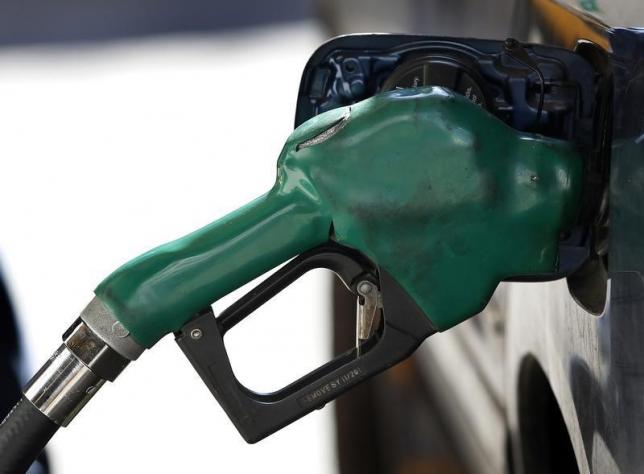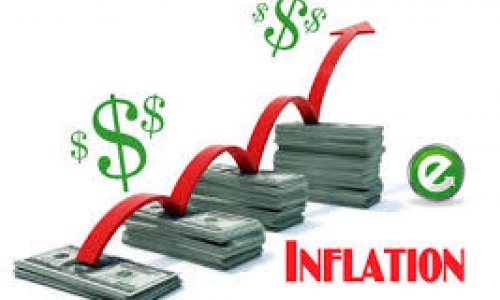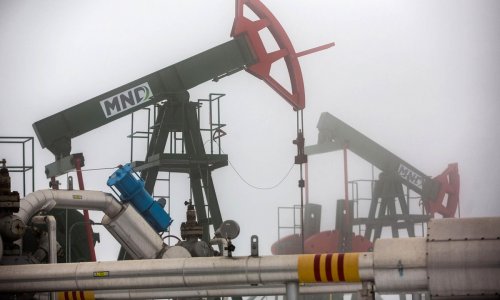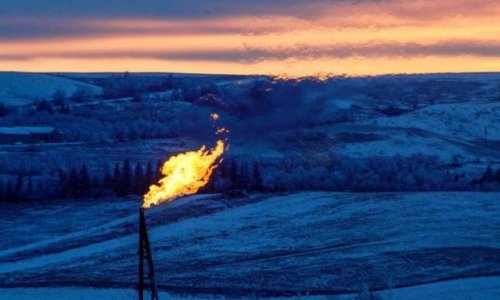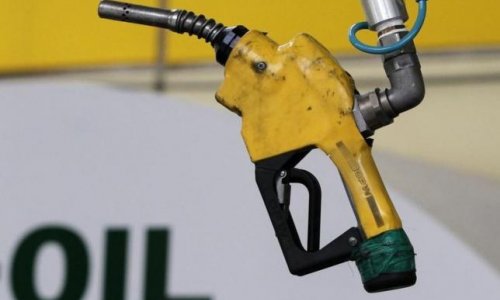Crude oil futures extended gains from the previous session on Thursday, as a weaker dollar and unconfirmed talk of producers potentially meeting to discuss output cuts lifted the market despite record U.S. stocks.
Despite this, analysts said prices would remain low in 2016 and 2017 as production stays high, global demand slows, and inventories swell.
U.S. crude futures CLc1 were trading at $32.68 per barrel at 0119 GMT on Thursday, up 40 cents from the previous session's close when they rallied 8 percent from below $30 per barrel.
Brent crude LCOc1 was up 43 cents at $35.47 per barrel.
Analysts said prices had recovered on a sliding dollar and from ongoing, yet unconfirmed, talk of a potential meeting of oil producers to cut output in support of prices, which have fallen around 70 percent since mid-2014.
But the main feature of recent oil trading has been volatility, with price swings of more than 10 percent within two trading sessions frequently occurring since mid-January.
"The weaker U.S. dollar provided some interim support to the commodity complex, but volatility in crude oil remains extreme. Climbing U.S. crude stocks remain an ongoing threat to further price weakness," ANZ bank said.
U.S. crude inventories USOILC=ECI climbed 7.8 million barrels in the week to Jan. 29 to 502.7 million barrels, compared with analyst expectations for an increase of 4.8 million barrels.
U.S. gasoline inventories USOILG=ECI rose to a record high, soaring 5.9 million barrels to 254.4 million barrels. Analysts had forecast a 1.7 million-barrel gain in gasoline inventories.
Despite the latest gains, analysts remain largely bearish in their oil market outlook, pointing towards persistent oversupply and swelling inventories as the main factors that are keeping prices low.
Morgan Stanley on Thursday lowered its average 2016 Brent price forecast to $30 per barrel, down from $49 previously. The bank only expects an average price of $40 per barrel in 2017 as oversupply persists.
"Until the market rebalances, prices will drift at low levels. With demand slowing, rebalancing may not occur until mid-2017 or later," it said, adding that "global supply should grow in 2016 despite low prices."
Morgan Stanley also said that an emerging willingness of producers to forward hedge at prices not much above $40 per barrel was also capping prices.
"We now see risk that producers will begin to hedge if the 12-24 month WTI strip moves into the mid-40s, which should cap prices in the front as well.
(Reuters)
www.ann.az
Follow us !

